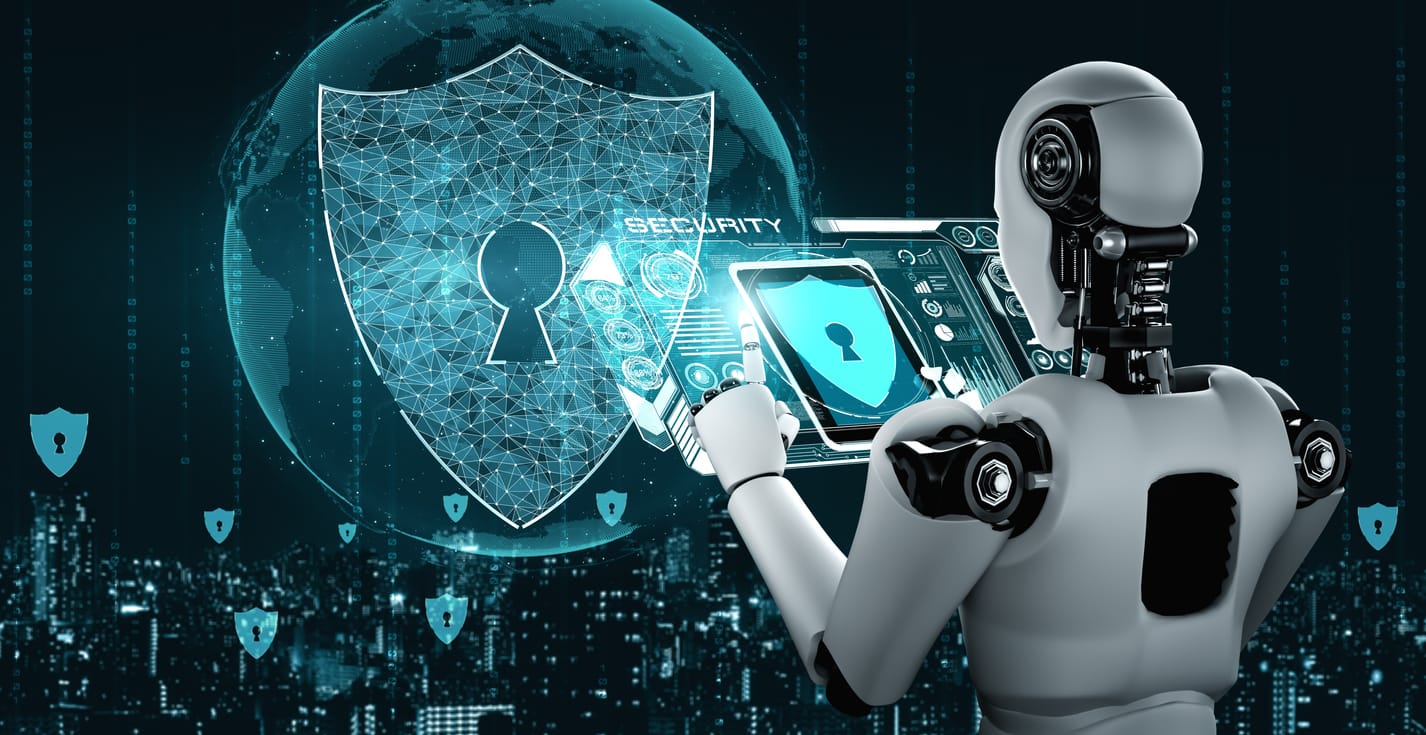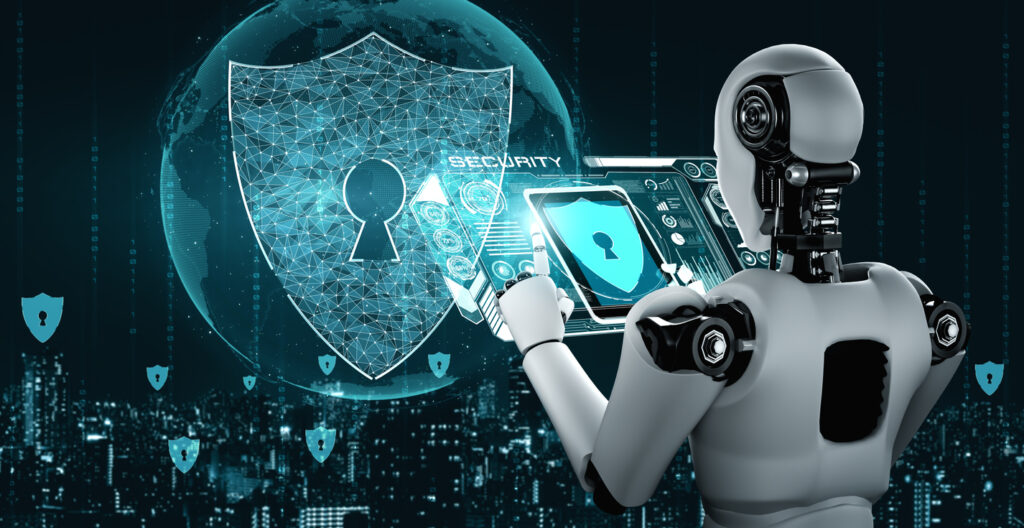
Chatbots, AI, and Security: A Balancing Act
The rise of chatbots powered by AI presents both immense opportunities and complex security challenges. Here’s a closer look at both sides of the coin:
Opportunities:
- Enhanced Engagement: AI-powered chatbots can provide personalized, 24/7 customer support, boosting satisfaction and brand loyalty.
- Streamlined Processes: Chatbots automate repetitive tasks like data collection and appointment scheduling, freeing up human agents for complex issues.
- Data-Driven Insights: Chatbot interactions generate valuable data, enabling businesses to analyze customer behavior, personalize offerings, and improve products.
- Increased Accessibility: Chatbots provide instant assistance to users in diverse locations and time zones, overcoming geographical and language barriers.

Security Challenges:
- Data Privacy: Chatbots collect and store sensitive user data, making them vulnerable to data breaches and unauthorized access.
- Misinformation and Manipulation: Malicious actors can use chatbots to spread misinformation, steal data, or commit phishing attacks.
- Bias and Discrimination: AI algorithms can be biased, leading chatbots to make discriminatory decisions or provide unfair treatment to certain users.
- Misuse and Automation of Social Engineering: Deceptively programmed chatbots can manipulate users into divulging sensitive information or performing unwanted actions.
Navigating the Security Landscape:
To leverage the benefits of AI-powered chatbots while mitigating security risks, consider these strategies:
- Implement robust data security measures: Encrypt sensitive data, adopt strong authentication protocols, and regularly update software to patch vulnerabilities.
- Train chatbots for responsible interactions: Design chatbots to avoid biased language, refrain from collecting unnecessary data, and clearly disclose data storage and usage practices.
- Monitor and audit chatbot activity: Track user interactions, identify suspicious patterns, and implement safeguards to prevent malicious activity.
- Prioritize user education: Teach users about common cyber threats, chatbot limitations, and safe interaction practices.
- Embrace transparency and accountability: Be transparent about chatbot capabilities and limitations, and establish clear communication channels for user feedback and concerns.
Conclusion:
While chatbots and AI offer exciting possibilities, security must remain a top priority. By proactively addressing potential risks and implementing robust security measures, businesses can unlock the full potential of AI-powered chatbots while fostering trust and ensuring a safe and positive user experience.
Beyond this analysis, what specific aspects of chatbot AI and security are you interested in? Are there any particular concerns or scenarios you’d like to discuss? The more information you provide, the more tailored and helpful my response can be.

